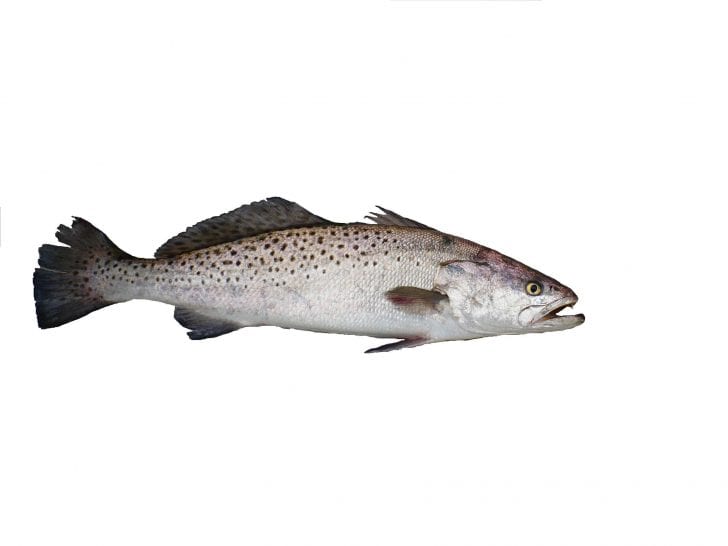In January here in the Lowcountry, we reach the lowest temperatures of the New Year.
This also includes our water temperatures, and with cold water temperatures, brings clearer water and slower moving fish.
A majority of us inshore anglers fishing in the South look forward to targeting Winter Spotted Seatrout, also known as Speckled Trout or Specks, and when doing so, we primarily use artificials.
One of the main artificials is Shrimp there are a number of companies with artificial Shrimp designs that have become popular with different colored Shrimp.
Companies such as D.O.A., Betts, also known as Billy Bay, LiveTarget and Vudu are amongst the most common.
So, how would we target Winter Trout and what techniques would we use incorporating the artificial Shrimp?
To target the Trout, you will have to watch your incoming and outgoing tides
To target the Trout, you will have to watch your incoming and outgoing tides. Prime tides in most locations would be two hours after low or two hours after high.
This allows the Trout in positive locations to position themselves in deeper holes just outside of tributaries and smaller creeks attached to larger rivers.
The Trout let the current from the moving tides do most of the work while their waiting for their next meal.
The tides will push crustaceans, like Shrimp, including small fish with the tide. They tend to move in and out of the smaller creeks with these tides and the Trout are quite aware of this.
You can fish a lot of these locations off kayaks, from smaller boats and some locations you may even have access by foot.
Your objective will be to place artificial Shrimp in the vicinity of these Trout that are now moving slower and sitting deeper than most other months.
So, what techniques can we use to aid us in this endeavor? Free flipping artificial Shrimp directly tied to your rod is one method you can use.
Of course, artificial Shrimp come in different weights, usually ¼ ounce or ½ ounce. The ½ ounce would be recommended so that the Shrimp can sink faster.
Take the Shrimp and cast out past the hole you are targeting, then allow the Shrimp to sink while slowly bringing in your slack.
Once the Shrimp has reached the bottom, slowly move the Shrimp along the bottom with a couple of small, quick twitches every now and then just to catch a lurking Trout’s attention.
The Trout will usually pick up the Shrimp while it’s flowing with the current
If you find that the current still seems too strong to reach your desired depth, you can incorporate another technique by using a ½ ounce trolling weight.
Tie your fight line to the trolling weight, then tie approximately 24 inches of 20-pound test fluorocarbon leader line to the other end of the trolling weight, then tie on your desired Shrimp.
This will allow you to cast out further and sink faster, pulling your Shrimp behind the weight like a dog on a leash. This method works quite effectively.
I personally have landed a large number of Trout using this technique in faster water conditions and fishing deeper holes.
The last technique I would recommend would be a popping cork technique.
Of course, the amount of leader line attached to the underside of the cork would depend on the depth you are trying to fish from the surface of the water, which would be where the cork will sit and how deep the Shrimp will be from that cork.
This technique is usually used when you are fishing a ledge just before a drop off or deeper hole in the water.
Trout, especially juveniles, will be watching for food coming over the edge in the current.
The technique is also used in the Summer for fishing in shallow water or over structure, like Oyster beds, etc.
Cast the popping cork with Shrimp to the shallow side and allow the current to move towards the drop off with the cork, reeling in your slack and your fight line as the cork approaches.
The Trout will usually attack the artificial Shrimp within a 10-foot radius of the drop off, so watch your cork carefully and be ready to set a hook.
If you’re fishing with the current moving away from you, then you will have to feed line to the cork, allowing it to move away to its destination.
You will do this by opening your bail or pushing your cast button on your bait caster to allow the current to take the line it needs to keep the cork and the Shrimp flowing naturally with the current.
Fishing for Winter Trout can be a cold, long, hard day
Fishing for Winter Trout can be a cold, long, hard day, but if you’re willing to put in the time and effort, you may find it to be quite worthwhile.
After all, this time of year is when some of us anglers find our Spotted Seatrout well within the range of 3 to 7 pounds.
It makes one nice selfie or photo and a memory that may last a lifetime.
I hope this helps everyone out there who is trying to target some Winter Trout.
Like I always say, good luck out there and have fun fishing! To view some fishing adventures, go to my YouTube Channel “Fishing with Jiggin Jerry” or www.jigginjerry.net.
You may also enjoy reading Lets Talk Winter Sheepshead





